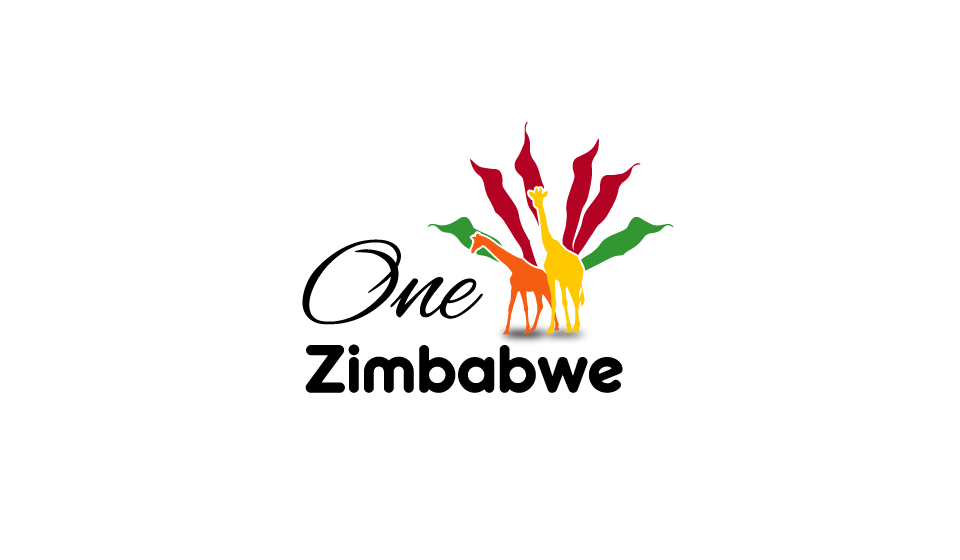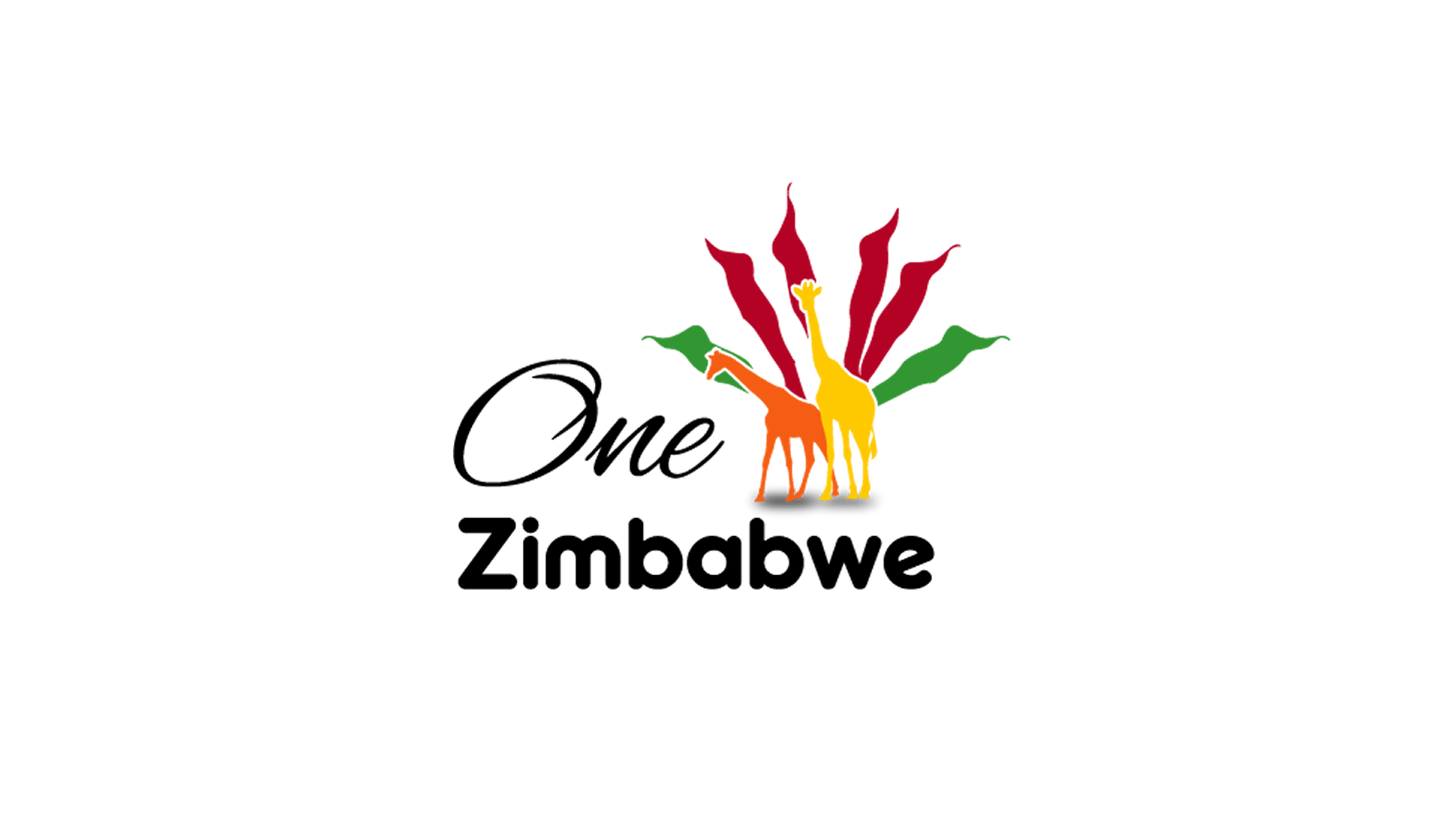Harare
Harare is the capital city of the Southern African country Zimbabwe. Located in Mashonaland which is in the north eastern part of Zimbabwe, Harare is a metropolitan province which also integrates Chitungwiza town, Ruwa, Norton and Epworth and has an estimated population of over 1 606 000 residents.
Formerly known as Salisbury (after British Prime minister Lord Salisbury) Harare was founded in 1890 by the Pioneer Column which was a British force under the British South Africa Company. From 1923, Harare (Salisbury) was the capital of Southern Rhodesia which then changed to the Federation of Rhodesia and Nyasaland in 1953, then became the Republic of Rhodesia in 1970 (governed by Ian Smith) and finally settled on the name Zimbabwe in 1980. As Zimbabwe celebrated its second year of independence in 1982, Salisbury changed its name to Harare (which means “he who does not sleep”) after Shona chief Neharawa. In 1897 Fort Salisbury as Harare was known at the time was upgraded to a municipality and it then received city status in 1935. This city has relationships with other cities which are Windhoek in Namibia, Nottingham in England, Munich in Germany and Cincinnati in the United States of America.
Zimbabwe’s most populous city Harare is an urban city with wide avenues and tall skyscrapers and sunny skies from which it is aptly nicknamed “The Sunshine City”. In an attempt to rid the city of its colonial remnants, certain statues such as the one of Cecil John Rhodes, Alfred Beit and the Physical Energy statues which stood tall in different parts of the city, were removed by the Harare authorities and taken to the National Archives where they can still be viewed today thus paving the way for a new Harare. It has also over the years been considered a prime location for many international events including the All Africa games, ICC (International Cricket Confederation) games which it jointly hosts with the country’s second largest city Bulawayo and HIFA (Harare International Festival of the Arts) because of its world-class infrastructure. The main languages which are spoken are Shona and English.
Harare provides a number of things to do for people visiting the city and the best way to get around is by car or the use of public transport there are many registered tour operators that can take people on tours around the city at affordable rates. Art fanatics can visit the National Gallery of Zimbabwe which showcases Zimbabwe’s cultural, contemporary and visual heritage which was officially opened in 1957 by the British monarch Queen Elizabeth. The national Archives of Zimbabwe are also a great place for people to visit so they can learn more about the history of Zimbabwe and more specifically colonial-era Rhodesia. Founded in 1935, the National Archives of Zimbabwe displays varied artifacts, accounts of early settlers and explorers and gives great information about the Second Chimurenga and other significant moments in Zimbabwe’s history. Another interesting place to visit is the Zimbabwe Museum of Human Sciences which used to be called the Queen Victoria Museum. It has exhibition galleries which occasionally show wildlife exhibitions, a library, a model Shona village and has ethnographic and archeological collections. The oldest (700 years old) wooden object called the Ngoma Lungundu found in sub-Saharan Africa which is believed to have been a replica of the Arch of The Covenant is also housed here. Another place for art enthusiasts to visit is the Delta Gallery which has monthly exhibitions of works by contemporary Zimbabwean artists including a small bookshop that has books on sale.
Harare also has an eco-building which uses 10% of the energy used by most buildings and this is Eastgate Centre shopping complex. It design is based on a termite mound which allows for cooling and ventilation and has many shops and restaurants that people can go to. Being a populous urban city, Harare has numerous restaurants that people can eat at such as Amanzi, Chang Thai, Fishmonger, Garwe, Pointe, Coimbra, Victoria 22, Bakers, Miller’s Café and many, many more.
Nature lovers are definitely not left out as Harare has the National Botanic Gardens whose relaxing, peaceful area showcases about 90% of Zimbabwe’s ecological habitats. In order to get around this place one would need a bicycle which can be hired at the location and there is a also a charming restaurant where one can enjoy a good meal. About 7 kilometres from the city is Mukuvisi Woodlands Environmental Centre. This wildlife reserve has many animal species including giraffe, zebra and antelope which can be viewed from a platform, on foot with a safari guide or on a horse safari and also offers amazing bird watching opportunities. Another wildlife reserve called Wild Is Life is located near the Robert Gabriel International Airport and is one not to be missed out on. Visitors can engage and have a hands-on experience with rescued, injured and orphaned animals while also enjoying a cup of tea or sipping on some fine wine. Lake Chivero Recreational Park is also a place that people can visit which has an assortment of flora and many wild animals like rhinos, giraffes, zebras, wildebeests, kudu, impala, pangolins, bush babies and bird life such as ostrich, buzzards, coots, kingfishers, fish eagles and lots more. Lake Chivero has lodges, chalets, caravan and picnic sites and people can also go hiking, horse riding, fishing and boating.

